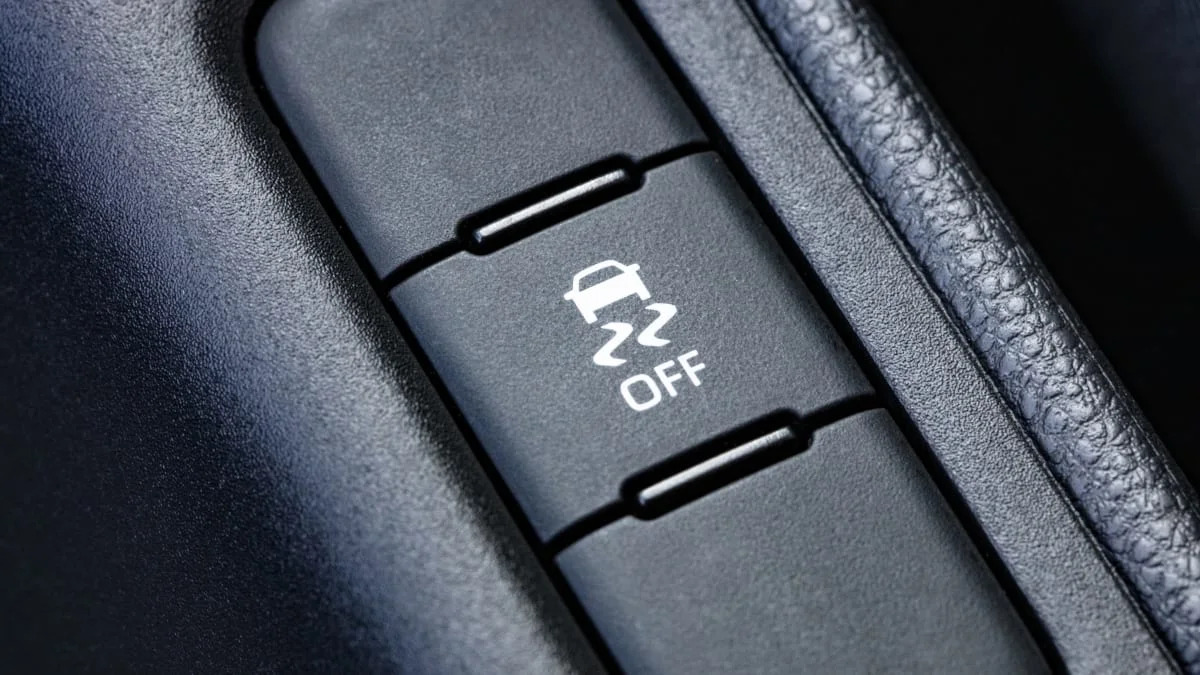Traction control has been a required feature on all new cars sold in the U.S. since 2012, likewise antilock brakes and stability control — though the feature predated the government requirement by decades. Still, many car buyers may be unsure with what exactly traction control does and how it works. Traction control, in short, is an electronic monitoring system that senses if a wheel (or wheels) is spinning faster than it should and reduces power to regain grip.
Traction control systems can go by many different specific brand names — automakers have their own distinctive names for it. But whatever you call it, it operates in a similar fashion. Each wheel has a speed sensor that relays that information to the main computer. Under normal conditions, all wheels are spinning at the same speed. Under low-grip situations such as rain, snow, and gravel, it’s common for one or more wheels to lose traction and spin faster. In an instant, the computer identifies which wheel needs to be slowed and either cuts power or applies some braking.
.embed-container { position: relative; padding-bottom: 56.25%; height: 0; overflow: hidden; max-width: 100%; } .embed-container iframe, .embed-container object, .embed-container embed { position: absolute; top: 0; left: 0; width: 100%; height: 100%; }
In the early days of traction control systems, the power coming from the engine was cut or reduced to all wheels, resulting in rather inelegant lurches. As the technology evolved, the power cut was less jarring, and control over individual wheels became more common. Nowadays, most drivers won’t even notice when traction control kicks into action.
What does a traction control system do?
There are several adaptations of a traction control system. In off-road applications, it ensures that you’ll get the maximum amount of traction and power when ascending steep climbs. Hill descent control is somewhat related, and in most cases applies the brakes to an individual wheel to regain control. Some vehicles offer specific traction control system tunings for different road conditions, too, in the form of driving modes.
